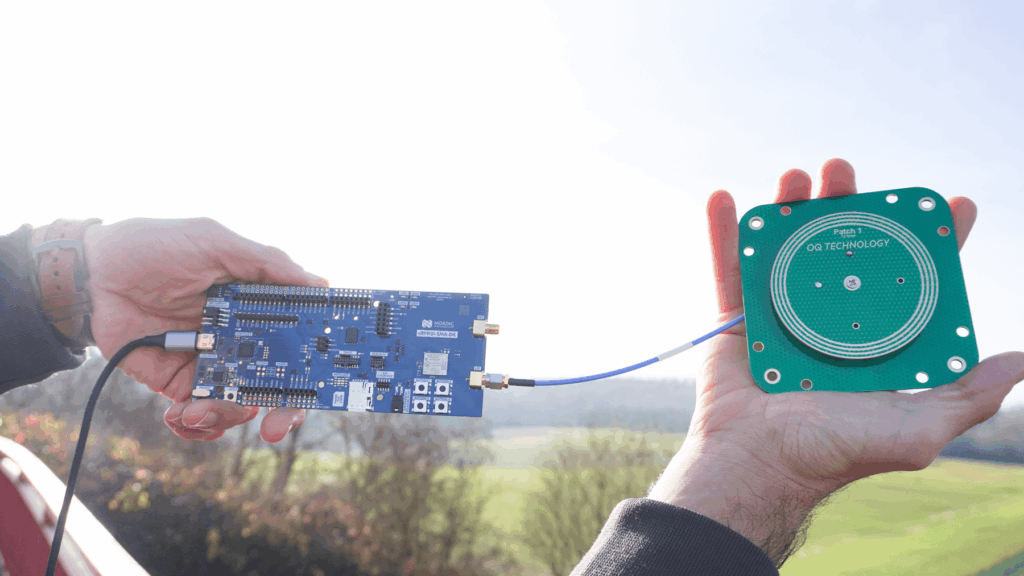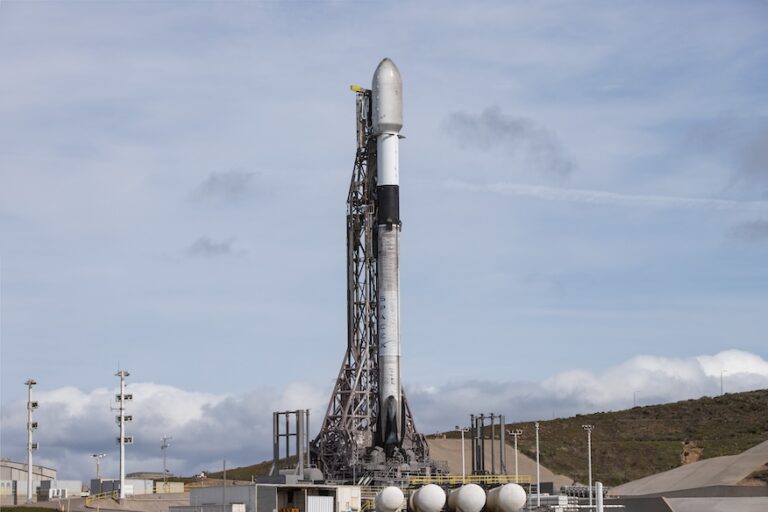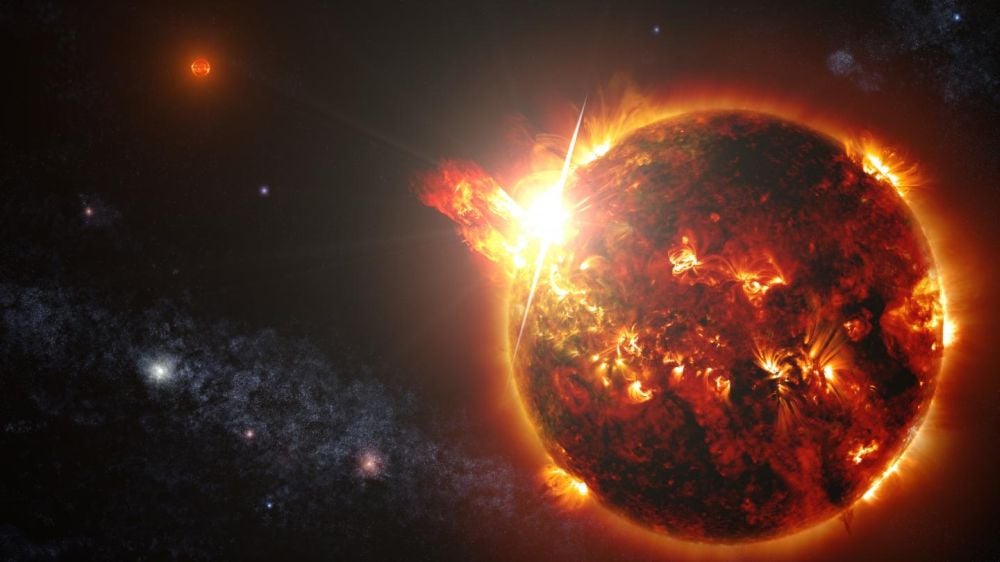Now Reading: Telesat eyes December 2026 for Lightspeed pathfinder debut
-
01
Telesat eyes December 2026 for Lightspeed pathfinder debut
Telesat eyes December 2026 for Lightspeed pathfinder debut


TAMPA, Fla. — Telesat is preparing to deploy a couple of Lightspeed pathfinders in December 2026, with 96 satellites for an initial global broadband service from low Earth orbit (LEO) set to launch the following year to offset mounting geostationary business declines.
Dan Goldberg, the Canadian operator’s CEO, said Nov. 4 he expects SpaceX to begin serial launches for the constellation two to four months after the pathfinders are deployed to test and validate the network.
“It’s more confirmatory in nature,” Goldberg said during the company’s earnings results for the three months to Sept. 30.
“We’re expecting to confirm the findings of the testing that we’ve done on the ground once the birds are up in space.”
Telesat contracted 14 SpaceX launches in 2023, initially set to start in mid-2026 to deploy the 198 satellites the operator has ordered from Canada’s MDA Space within a year. A Falcon 9 rocket can carry up to 18 of the 750-kilogram satellites, depending on the orbital plane.
Goldberg said Telesat expects to have 156 satellites in LEO by the end of 2027, “a couple of months” after its 96-satellite milestone, improving capacity density and look angles enough to start providing more stringent Service Level Agreements (SLAs).
The full 198-satellite constellation would provide additional resiliency for a network designed to deliver around 10 terabits per second (Tbps) of capacity for business and government users.
Telesat is the anchor customer for MDA’s reprogrammable Aurora platform, which passed its preliminary design review late last year.
Ground traction
Goldberg said Telesat is on track with the deployment of international ground infrastructure that Lightspeed will need to relay traffic, alongside the network’s inter-satellite links.
The company also announced a $5 million investment Nov. 4 in San Francisco-based startup Farcast, which is developing an enterprise-class, flat panel antenna (FPA) user terminal that would be compatible with Lightspeed.
CAES is working on an aeronautical FPA for Lightspeed, while Intellian is developing FPAs and dual parabolic antennas.
GEO troubles
Telesat reported 101 million Canadian dollars ($71.6 million) in revenue for the three months to the end of September, down 27% year-over-year, primarily because of a lower rate on the renewal of a geostationary capacity contract with U.S. satellite broadcaster Dish Network.
Adjusted EBITDA, or earnings before interest, taxes, depreciation and amortization, fell 51% to 47 million Canadian dollars.
Telesat also recorded a 900 million Canadian dollar revenue backlog for its geostationary business, compared with 1.1 billion Canadian dollars for Lightspeed.
Meanwhile, Amazon began deploying its Project Kuiper LEO broadband network in April to take on SpaceX’s Starlink, the world’s largest constellation with more than 8,500 satellites and counting.
Although only 153 of more than 3,200 proposed Kuiper satellites have been deployed so far, Analysys Mason analysts say its total downlink capacity has already surpassed the 3.6 terabits per second that Eutelsat’s OneWeb LEO system currently provides.
Stay Informed With the Latest & Most Important News
Previous Post
Next Post
-
 012024 in Review: Highlights from NASA in Silicon Valley
012024 in Review: Highlights from NASA in Silicon Valley -
 02Panasonic Leica Summilux DG 15mm f/1.7 ASPH review
02Panasonic Leica Summilux DG 15mm f/1.7 ASPH review -
 03From Polymerization-Enabled Folding and Assembly to Chemical Evolution: Key Processes for Emergence of Functional Polymers in the Origin of Life
03From Polymerization-Enabled Folding and Assembly to Chemical Evolution: Key Processes for Emergence of Functional Polymers in the Origin of Life -
 04How New NASA, India Earth Satellite NISAR Will See Earth
04How New NASA, India Earth Satellite NISAR Will See Earth -
 05And Thus Begins A New Year For Life On Earth
05And Thus Begins A New Year For Life On Earth -
 06Astronomy Activation Ambassadors: A New Era
06Astronomy Activation Ambassadors: A New Era -
07SpaceX launch surge helps set new global launch record in 2024




















